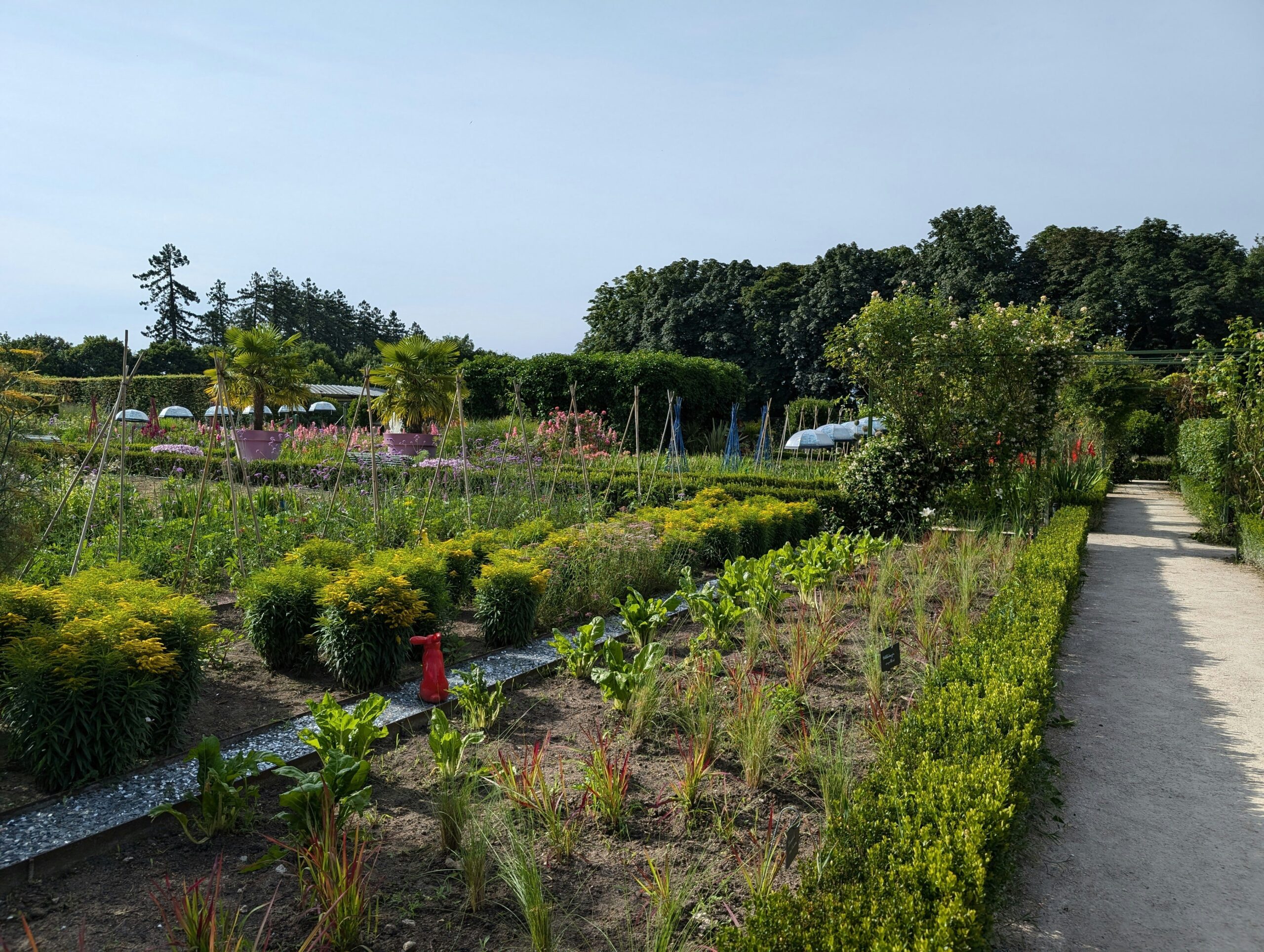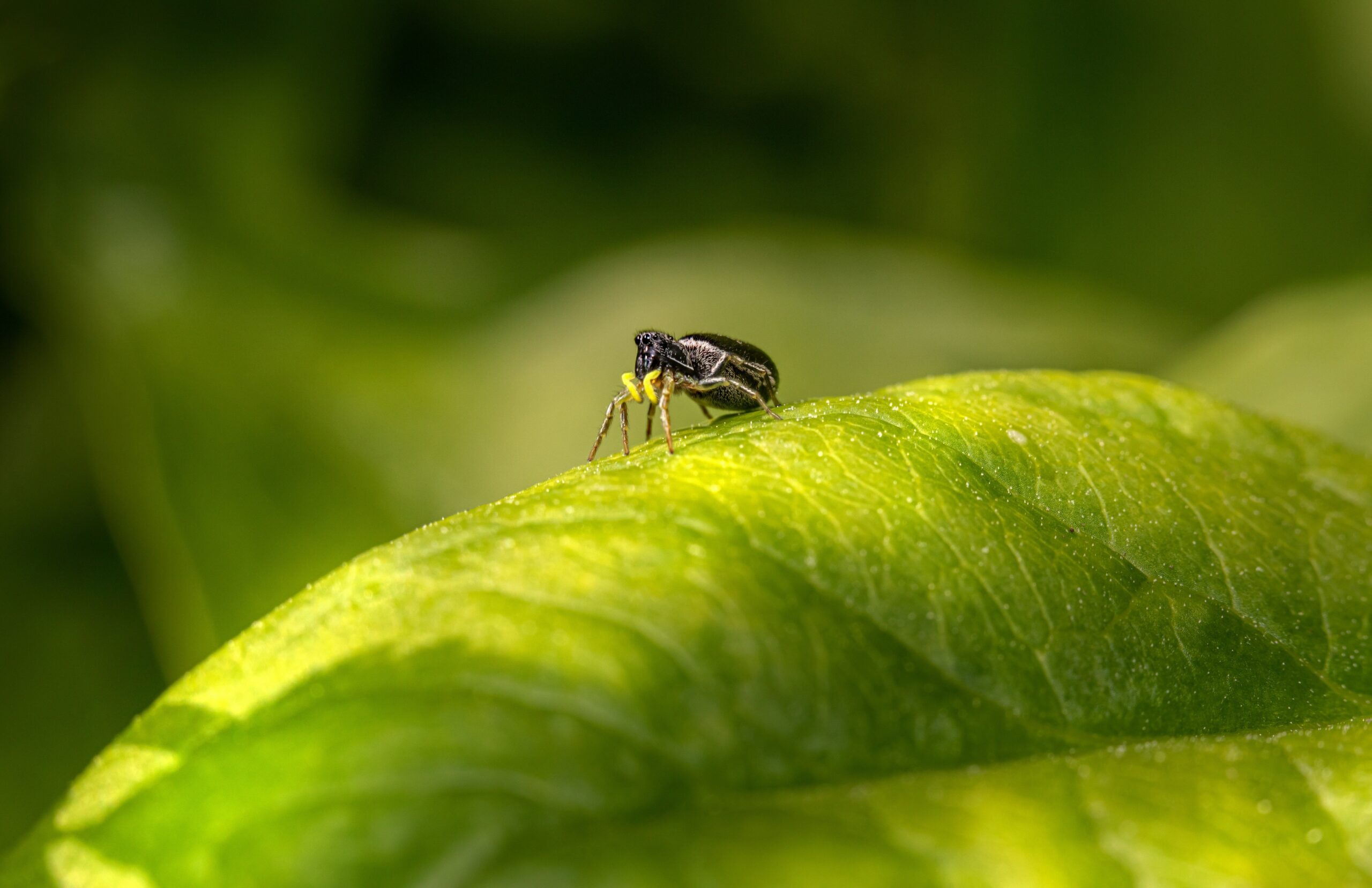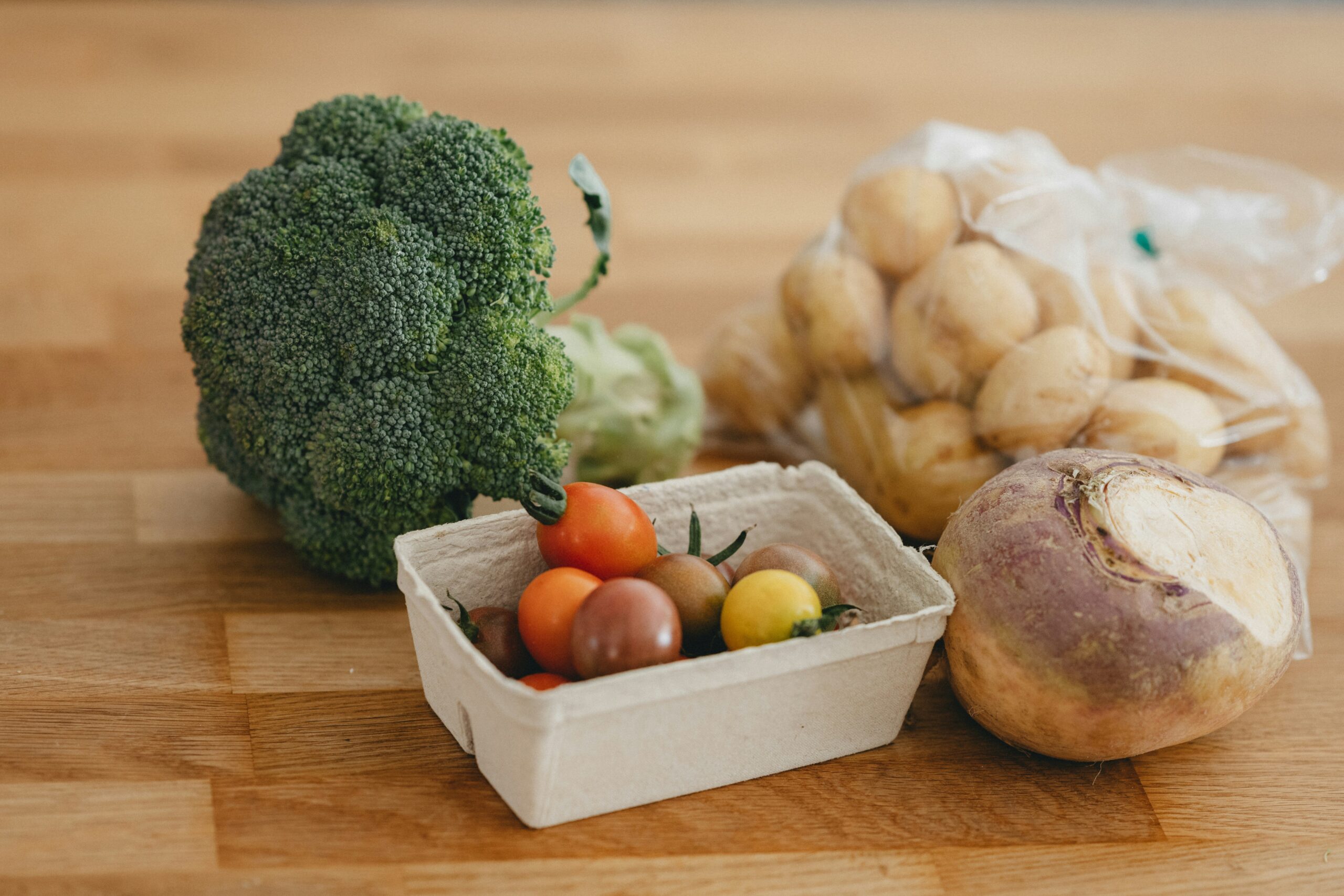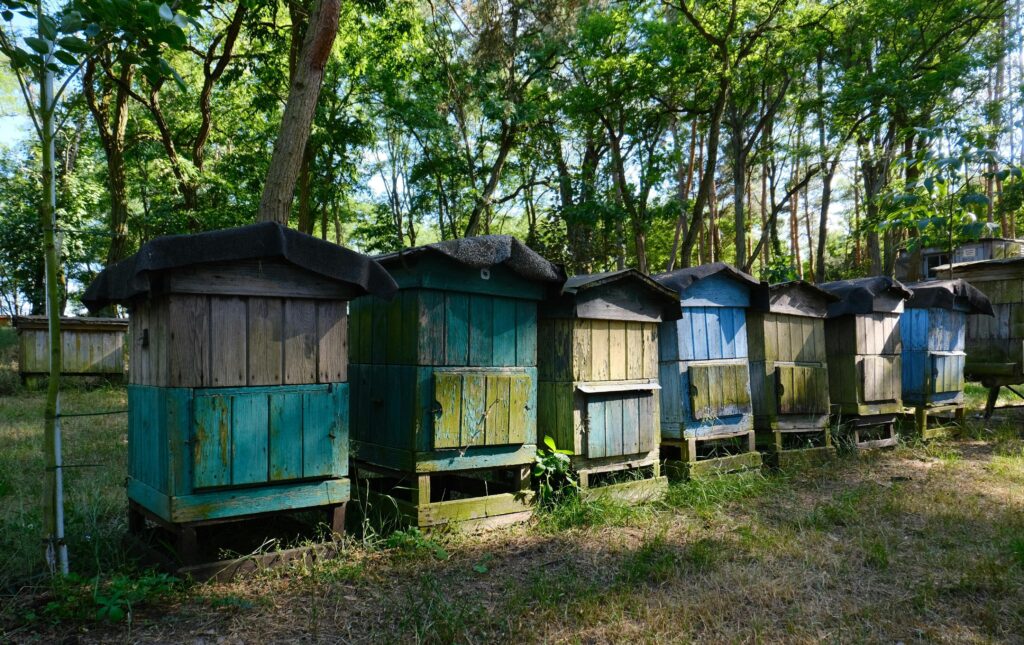Ever spent hours tending to your organic vegetable garden, only to find it ravaged by pests? You’re not alone. Whether you’re growing cucumbers for DIY face masks or carrots for nutrient-packed smoothies, pests can wreak havoc on your natural beauty goals. But what if I told you there’s a way to fight back—without harmful chemicals? In this post, we’ll uncover everything about natural pest control, including actionable steps, quirky tips, and even my biggest gardening fail (spoiler: it involves tomato plants).
You’ll learn how to protect your veggies the eco-friendly way, boost their health benefits, and keep toxins out of your skincare routine. Ready? Let’s dig in!
Table of Contents
- Why Natural Pest Control Matters
- Step-by-Step Guide to Natural Pest Control
- Tips for Success
- Real-World Success Stories
- FAQs About Natural Pest Control
Key Takeaways
- Natural pest control safeguards your organic vegetables from harm while keeping toxins away.
- Simple strategies like companion planting and homemade sprays work wonders.
- Avoid chemical pesticides to preserve soil health and enhance your plants’ nutritional value.
- Patience is key—natural solutions take time but deliver long-term results.
Why Natural Pest Control Matters
Growing organic vegetables isn’t just trendy—it’s vital. From kale facials to cucumber eye patches, our skin loves fresh, pesticide-free produce. But here’s the catch: conventional pest control methods often introduce toxins that counteract these benefits. Would you really want harsh chemicals lingering on the same parsley leaves destined for your homemade toner?
“Optimist You: ‘Hey, one spray won’t hurt!’
Grumpy Me: ‘Sis, do you even know what’s IN that stuff?!'”

According to a study by Environmental Science Europe, over 30% of commonly used pesticides are linked to adverse environmental effects. Yikes. This is why embracing natural pest control is non-negotiable—not only for your garden but also for the planet and your skincare game.
Step-by-Step Guide to Natural Pest Control
Step 1: Identify Your Pests
Different bugs require different tactics. Aphids? Slugs? Caterpillars? A quick Google image search should help—but don’t be ashamed to call an expert if needed.
Step 2: Introduce Beneficial Bugs
Ladybugs might look cute, but they’re ruthless predators when it comes to aphids. Release them near affected areas and let nature do its thing.
Step 3: Use Companion Planting
Marigolds repel nematodes; basil deters mosquitoes and flies. Surround your veggies with these natural bodyguards for added protection.
Step 4: DIY Homemade Sprays
Mix two tablespoons of neem oil with water and a drop of dish soap. Spray directly onto leaves to deter pests without harming beneficial insects—or your skin!

Tips for Success
- Inspect Regularly: Check your plants weekly for early signs of infestations.
- Keep It Clean: Remove debris where pests may hide, like fallen leaves or rotting fruit.
- Rotate Crops: Disrupt pest lifecycles by changing plant locations each season.
- Terrible Tip Alert: Don’t use vinegar everywhere. Yes, it kills weeds—but it can burn crops too. Trust me; I burned half my lettuce bed once.
- Water Smartly: Water at the base of plants instead of overhead, reducing fungal risks.

Real-World Success Stories
Take Sarah, a hobby gardener who turned her backyard into a thriving organic oasis. She swapped synthetic sprays for ladybug releases and lavender borders. Result? Her spinach yield doubled within six months—all while maintaining pristine quality for her weekly green juice sessions.
And then there was James, whose tomato plants faced relentless caterpillar attacks. After switching to neem oil sprays and introducing parasitic wasps, he saved his harvest—and avoided sharing his prized heirloom tomatoes with pests.
FAQs About Natural Pest Control
- How long does natural pest control take to show results?
- Unlike chemicals, natural methods need patience. Expect noticeable improvements in 2-4 weeks.
- Can I combine multiple techniques?
- Absolutely! Layered defenses confuse pests more effectively than relying on one method alone.
- Is natural pest control budget-friendly?
- Yes—if you make sprays yourself and grow companions like garlic or chives alongside other crops.
- What’s the worst mistake beginners make?
- Ignoring prevention. Start early before damage escalates!
Conclusion
Embracing natural pest control ensures healthier crops, happier skin, and a greener planet. Sure, it takes some effort upfront, but the payoff—in glowing complexions and guilt-free harvests—is worth every moment. So grab your gloves, roll up your sleeves, and give Mother Nature the respect she deserves. Oh, and remember:
Green thumbs grow, With kindness they sow, Like Simba said: “Remember who you are.” 🌱


